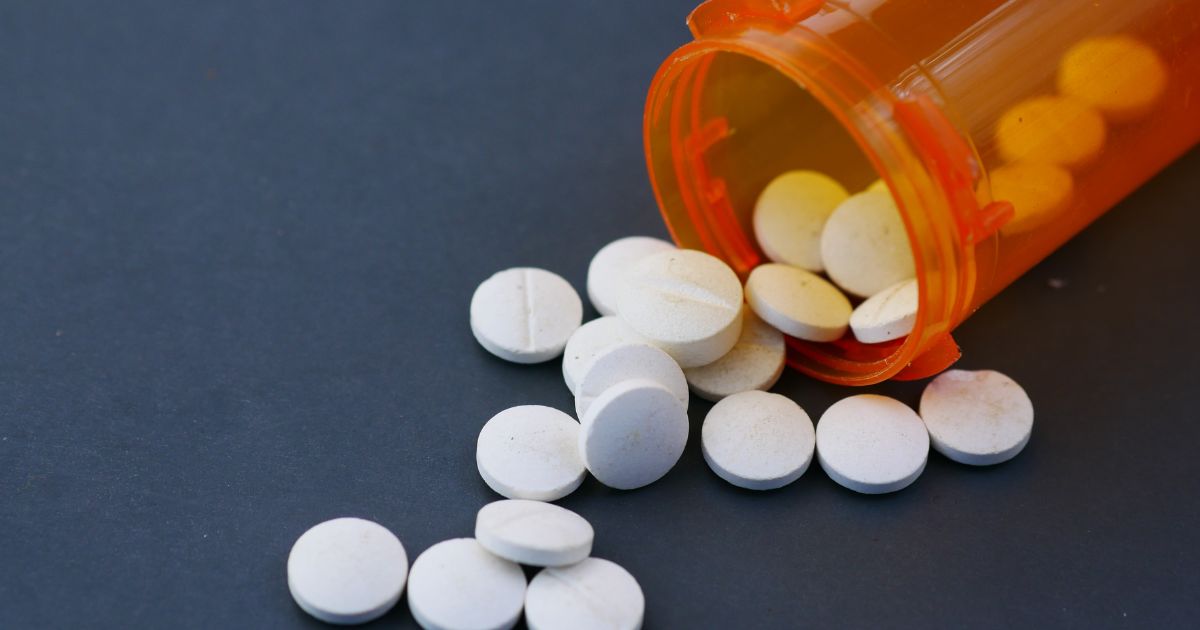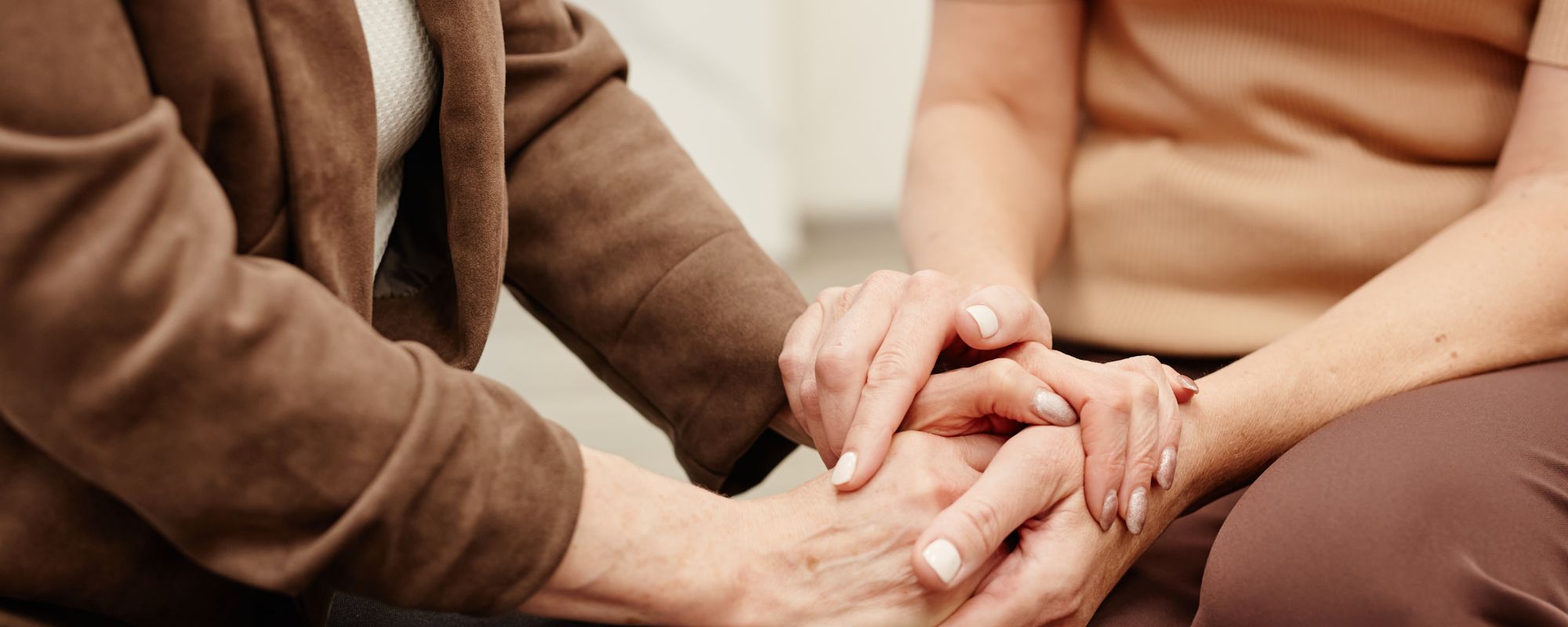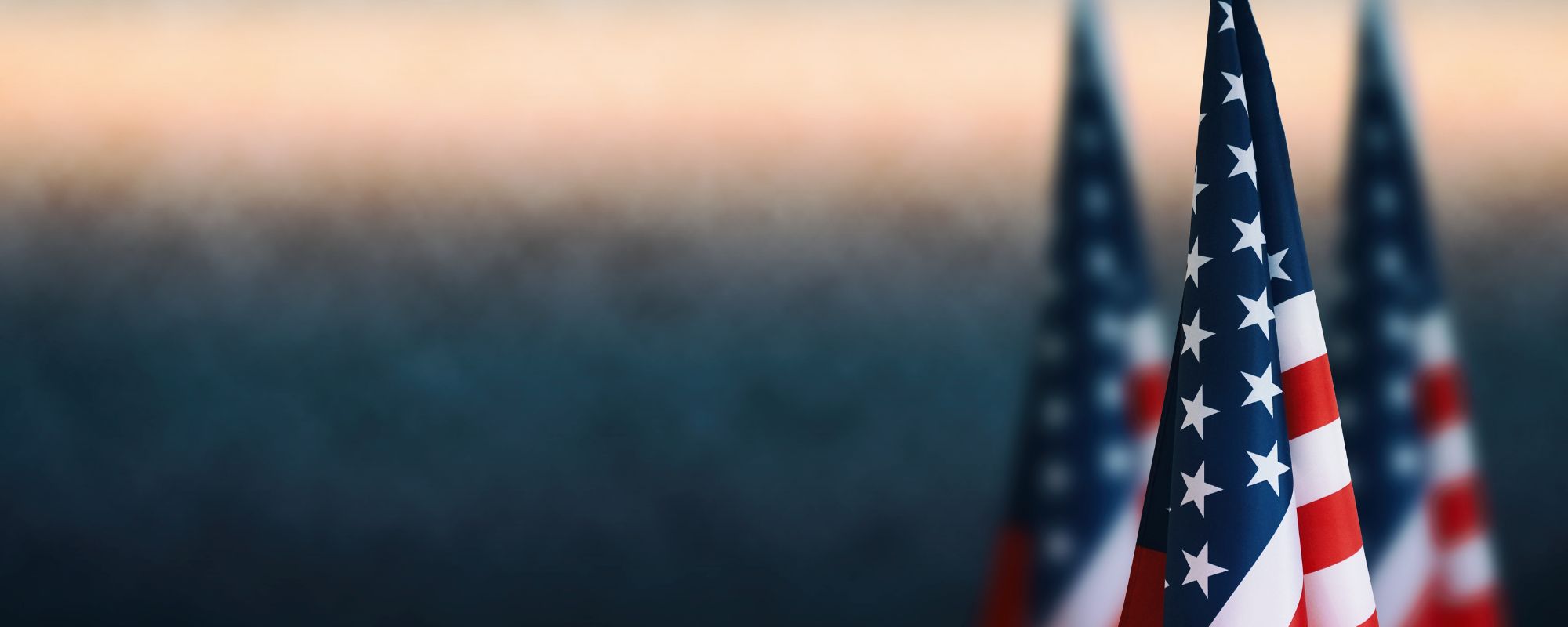What is Culture and Pop Culture?
Popular culture is “…the set of practices, beliefs, and objects that embody the most broadly shared meanings of a social system. It includes media objects, entertainment and leisure, fashion and trends, and linguistic conventions, among other things” (Kidd). Popular culture is basically a guide on how to be social, what is expected, accepted, and valued. The general definition of culture is defined by Dwight Heath and means “…a system of patterns of belief and behavior that shape the worldview of the member of a society. As such, it serves as a guide for action, a cognitive map, and a grammar for behavior.” (Abbott). So, popular culture is the foundation for socially veined beliefs and behavior, which is why popular culture has such an impact on our society.
Who is Affected By Culture?
Everyone is affected by culture. All ages look towards culture to figure out social cues, social norms, examples of behavior deemed “culturally appropriate”, what socializing looks like; basically, our society looks at culture— more specifically, popular culture, to find out how to look, how to dress, how to socialize, and how to behave. In this post, we will be focusing on North American pop culture, or the cultural values and cues from the United States.
History of Alcohol and Drugs in America
Alcohol was introduced in America in a large volume during the colonial times, although its roots are traced back to the Pima/Papago in the southwest U.S. ages before.
The opium poppy, which later was synthesized into heroin was initially introduced to the United States through immigrants who praised the plant for its medicinal properties. Back in the day, people used the opium poppy to relieve pain and diarrhea, and cause sedation and a state of euphoria. Later, the opium poppy became synthesized into heroin and was introduced to urban minority groups.
Before marijuana was used for its psychoactive properties, it was used as a fiber to make cloth. After World War I, Americans were introduced to smoking the plant for its mind-altering effect. “Most of the world’s psychoactive plants originated in the Americas—in all, more than 1,500 compounds” (Abbott). Among these psychoactive plants are hallucinogens, stimulants (cocaine), and tobacco.
Substance Abuse
Popular culture plays a large role in shaping the expectations, approach, and behavior in regards to substance abuse. Excessive use and abuse of a substance is linked to periods of rapid social change. Behind popular culture’s influence, exists an impact from a person’s cultural roots— the country in which they originated from has an influence on the social norms they have learned. For example, a person greatly influenced by the current popular culture climate may have pre-existing values taken from their country of origin, like the French, who drink wine with dinner nightly and enjoy a bottle of wine when socializing with friends.
Popular Culture’s Reach
An audience interprets anything seen in popular culture, whether it be an example or thought-provoking, popular culture speaks to us and we listen. Popular culture is inescapable, it is everywhere— in the press, on the radio, in films and television, in print, and on the internet. It is impossible to be plugged into any form of social media without seeing what is considered to be popular culture.
Drug and Drinking Cultures
Drug culture is a subculture of popular culture, it represents the principles, patterns, physicality, hierarchy and behavior within a group of individuals with substance use disorders. We see drug culture in various movies, television shows, music, etc. Drug culture has a hierarchy, dependent on your role in the community of drug users; you can be a drug synthesizer, supplier, dealer, and user. Drug culture is made up of socialization, values, rules, gender roles and relationships, symbols and images, dress, language and communication, and attitudes. In addition to drug cultures, there are also drinking cultures. Think college sororities and fraternities, where it is a part of their culture to drink in massive quantities, supports binge drinking, reinforces denial, develops rituals and customary behaviors around drinking (Center for Substance Abuse Treatment).
Many people turn to subcultures like drug and drinking cultures as a source of social support and cultural activities that make these people feel like they belong somewhere, or “fit in.” The danger of subcultures like these is the toleration and promotion of harmful activities like using drugs and alcohol to socialize. Socializing no longer becomes the objective, but using drugs and alcohol together becomes the objective— with socialization being an after effect. A lot of anti-social behavior is supported, which includes: opposition to authority, rule-breaking, defiance, and destructive acts, among other behaviors. Many further specified subcultures can stem from the broader drug or alcohol culture.
“The need for social acceptance is a major reason many young people begin to use drugs, as social acceptance can be found with less effort within the drug culture” (Center for Substance Abuse Treatment).
Drug culture also holds its own style of communication and language.
Common phrases within drug culture include:
- “picking up”- meaning that you are getting more drugs
- “shoot it”- referring to using a drug intravenously
- “chasing the dragon”- trying to get to a certain level of high that is reminiscent of the first high
- “light up”- smoking a drug
- “rail it”- refers to snorting a drug
- “re-up”- getting more of a drug
- “dope sick”- meaning you are experiencing withdrawal symptoms
- “snap crackle pop”- reference to the drug crack
- “bundle”- a 10 bag supply of heroin
- “rig” or “works”- meaning a needle
- “nodding out”- refers to a state of going in and out of consciousness
Other phrases in drug culture are slang terms for different drugs, slang terms for the dollar amount of a drug, and other language. The communication style in drug culture is dependent on who you are talking to, it is common to be short and to-the-point when communicating with a dealer and more social with other friends within the same drug culture.
Drug Use in Popular Culture
Drug use in pop culture is widespread, with print advertisements promoting a celebrity or model drinking alcohol in glamorous settings and clothing. Multi-million dollar fashion labels marketing their looks as “heroin chic” was just the beginning. We see our favorite actors and actresses posing for pictures with a martini glass in hand at ritzy events. Paparazzi photos capture our favorite socialites with a “party girl” image, being photographed frequenting desirable and trendy clubs. Popular celebrities often reference drug use as if it’s normal to be regularly using drugs.
Beyond celebrities using drugs, other forms of popular culture like television shows, films and music play a role in the glamorization of drugs and alcohol. In the popular TV show “Riverdale,” high school aged students are seen drinking scotch and frequenting parties, also showing drug use with the made up party drug named “Jingle-Jangle”— which is shown to in a Pixy Stix straw like the candy’s brand of flavored sugar. Animated shows like The Simpson, Family Guy, and South Park all hold countless alcohol and drug references and glorification, delivered in a comedic manner.
More recent television shows have hit popular culture, and they are completely based around drug creation, cultivation, and use. These television shows are popular programs like Breaking Bad and Weeds. Many films exist and contribute to the glamorization of drugs and drug culture, like Blow (2001), Kids (1995), Fear and Loathing Las Vegas (1998), and Thirteen (2003). These movies all glamorize drugs, drug use, drug trafficking, and drug culture.
Beyond TV and films, music plays a large part in shaping drug culture. No matter what genre of music you look at, you’re bound to find dozens of drug and alcohol references and lyrics that support a glamorized outlook on the lifestyle of drug use.
Here are some popular songs, including some of their lyrics:
- “Antidote” by: Travis Scott— Scott raps about a drug culture lifestyle
“Poppin’ pills is all we know…party on a Sunday/ do it all again on a Monday/spent a check on the weekend/I might do it all again”
- “Blue Magic” by: JayZ— this song describes JayZ cooking up crack, and his financial gains from dealing drugs
“No pain, no profit, P I repeat if you show me where the pot is/Cherry M3’s with the top back/Red and green G’s all on my hat/North beach leathers, matching Gucci sweater/Gucci sneaks on to keep my outfit together/Whatever, hundred for the diamond chain/Can’t you tell that I came from the dope game…Cause fish scales in my veins like a pisces/ The pyrex pot, rolled up my sleeves/Turn one into two like a Siamese”
- “Coco” by: O.T. Genasis— this song is purely about the artist’s love for cocaine
“I’m in love with the coco/Bakin’ soda I got bakin’ soda/I’m in love with the coco”
- “Drug Dealers Anonymous” by: Pusha T ft. JayZ— a song praising the accomplishments of major drug dealing
“Valentino Summers and wave runners/How many madonnas can that Mazda fit?/The money count is the only moment of silence/’Cause hush money balances all this drugs and violence/14 year drug dealer and still counting/Who deserves the medal of freedom is my accountant”
- “Mask Off” by: Future— a song that sings praise to mind-altering substances
“Percocets/Molly, Percocets/Percocets/Molly, Percocets…Two Cups/Toast up with the gang/…Pink molly/I can barely move/Ask about me/I’m going bust a move”
- “Frequency” by: Kid Cudi— a song describing a psychedelic experience with mushrooms or Psilocybin
“Couple girls, couple stories, and a couple shrooms/Couple clubs and I’m in the zone”
- “Habits (Stay High)” by: Tove Lo— a song describing drugs to be this artist’s coping skill in a time of heartbreak
“I got to stay high/All the time, to keep you off my mind/Spend my days locked in a haze/Trying to forget you babe…/Staying in my play pretend/Where the fun ain’t got to end”
- “Heroin” by: The Velvet Underground— a love song to the illicit drug heroin
“’Cause it makes me feel like a man/When I put a spike in my vein/And I tell you things aren’t quite the same/When I’m rushing on my run/And I feel like Jesus’ son/Heroin, it’s my wife and it’s my life”
Along with the glamorization of drugs in songs, comes the glamorization of drugs through out music videos. Here are some prominent examples of drug glamorization in music videos:
(WARNING: EXTREMELY GRAPHIC AND TRIGGERING CONTENT)
- “Synchronize” by: Discodeine ft. Jarvis Cocker
- “Old Fangs” by: Black Mountain
- “Higher Than The Sun” by: Primal Scream
- “My Drug Buddy” by: The Lemonheads
- “E Talking” by: Soulwax
Influence of Popular Culture
Substance abusers are attracted to the subculture of popular culture, known as drug culture, because “Most people seek some kind of social affiliation; it is one aspect of life that gives meaning to day-to-day existence” (Center for Substance Abuse Treatment). Popular culture can influence people to learn behaviors that support an alcohol or substance use disorder. For example, many people’s first experience with alcohol is being disgusted by the taste of alcohol— however, these same people will learn how to drink when socializing, as it is a social norm popularized in society’s culture. For people’s first experience with drugs, they have expectations for the drug they are trying, based upon popular culture— these people are then exposed to their perception of the drug and draw their own conclusions. No person ever envisions wanting to use heroin for example, however, after trying the drug and enjoying its effect, they disregard the popular opinion and continue using the dangerous drug.
The portrayal of drug use in the media is purely glamorization. In TV and films, we see the glamorous lifestyle of supplier and traffickers, drug dealers, and drug users. We often see drugs alongside valued material items, being used by a well-dressed model or actor, but we seldom see the dark truth of a drug addiction. Because of the poor portrayal of drug culture in popular culture, you can find people assuming roles in drug culture for “…ego gratification, status, and the desire to assume an outlaw image” (Center for Substance Abuse Treatment).
The United Nations’ International Narcotics Control Board issues an annual report that stated “…entertainment stars and popular culture were threating young people by glamorizing the use of illegal drugs” (U.N.). Let’s take a look at the numbers, in a study conducted by the United Nations Office on Drugs and Crime, about 1 in 40 people (ages 15-64) use drugs regularly. This number translated into a population would be about 215,575 regular drug users in the city (not state, just the city) of New York. In the city of Los Angeles, that’s about 100,000 people. In the state of Texas, that’s about 708,000 people who are regularly using drugs. (“The Contemporary Drug Problem…”). North America is the region with the world’s largest illicit drug market, according to the World Drug Report of 2012. In the United States, drug use for ages 18-25 is 7 times higher than for an older age group. For impressionable young adults, it’s important not to portray drug use with an inaccurate picture— if you are showing drug use, you need to show addiction and let people know that there is addiction treatment to help them overcome their substance use disorder.
Impact on the Internet
Drug culture also finds itself a place on the internet, with websites and discussion boards that exist for the sole purpose of users sharing their drug experiences, tips, information, etc. Rarely do you see on a discussion board, the topic of addiction treatment being a point of conversation. These websites and discussion boards center on the using of substances, sharing ideas and experiences that reinforce the behavior. This online presence is available to anyone with internet, and can be extremely dangerous as it perpetuates a substance use disorder. Also impacting society is the rise in internet sales of internationally controlled substances, which according to the United Nations is “posing a very significant challenge to international drug control” (International Narcotics Control Board).
Drug Using Lifestyle
If someone has the lifestyle associated with drug culture, they will have to work twice as hard to get and maintain sobriety. The drug using lifestyle serves as part of their identity, and “The people, places, things, thoughts, and attitudes related to drug and/or alcohol use act as triggers to resume use of substances” (Center for Substance Abuse Treatment). The United Nations International Narcotics Control Board states that “The promotion, or at least the tolerance, of drug abuse in some areas of popular culture can be a contributing factor to creating an environment that is conducive to people abusing drugs…[it] portrays drug abuse as a normal and acceptable part of a person’s lifestyle” (International Narcotics Control Board). Many forms of media play into the misconceptions of a drug using lifestyle. These vehicles of popular culture will commonly represent a drug using lifestyle to be: exciting, spontaneous, glamorous, fun, alluring, and marked by a strong group of friends and socialization.
What We Think
Glorifying drugs and alcohol in popular culture needs to stop. There is nothing glamorous about addiction. If there is alcohol or drug use in media, it needs to be following a more accurate story line, one that includes the darkness of a drug or alcohol addiction. It is important to include all aspects of drug use, including the destruction an alcohol or substance use disorder causes. If we’re having a conversation about drugs, let’s not forget to mention the topic of addiction— and further more the topic of addiction recovery. We need to provide all sides of the story and we believe that starts with addiction and the conversation of addiction recovery in pop culture.
References:
Abbott, Patrick, and Duane M. Chase. “Culture and Substance Abuse: Impact of Culture Affects Approach to Treatment.” Psychiatric Times, 1 Jan. 2008, www.psychiatrictimes.com/addiction/culture-and-substance-abuse-impact-culture-affects-approach-treatment.
Center for Substance Abuse Treatment (US). Improving Cultural Competence. Rockville, MD: Substance Abuse and Mental Health Services Administration (US); 2014. (Treatment Improvement Protocol (TIP) Series, No. 59.) 6, Drug Cultures and the Culture of Recovery.Available from: https://www.ncbi.nlm.nih.gov/books/NBK248421/
International Narcotics Control Board. “Open-Ended Intergovernmental Expert Working Group on Drug Demand Reduction.” UNODC, United Nations, 15 July 2008, www.unodc.org/documents/commissions/CND/CND_Sessions/CND_52/HLS_Preparations_EWG/EWG_04-Drug-Demand-Reduction/UNODC-CND-2008-WG4-CRP1/UNODC-CND-2008-WG4-CRP1_E.pdf.
Kidd, Dustin. “Popular Culture – Sociology.” Oxford Bibliographies, Oxford University Press, 28 Feb. 217AD, www.oxfordbibliographies.com/view/document/obo-9780199756384/obo-9780199756384-0193.xml.
“THE CONTEMPORARY DRUG PROBLEM: CHARACTERISTICS, PATTERNS AND DRIVING FACTORS.” World Drug Report 2012, United Nations, 2012, www.unodc.org/documents/data-and-analysis/WDR2012/WDR_2012_Chapter2.pdf.
“U.N. Says Popular Culture Glamorizing Drug Use; Laments Free Speech, Calls for Government Control of Public Expression.” News Briefs, United Nations International Narcotics Control Board, 1998, ndsn.org/marapr98/intl1.html.
If you or someone you know is struggling with an addiction, please don’t hesitate in reaching out to our team of addiction specialists at (877)-RECOVERY or (877)-732-6837. Our team is available to take your call 24 hours a day, 7 days a week. Because We Care.









